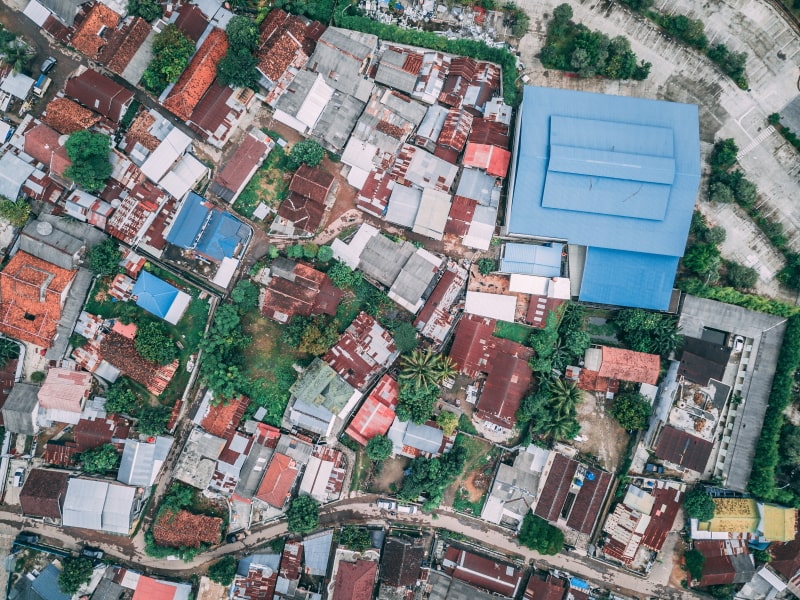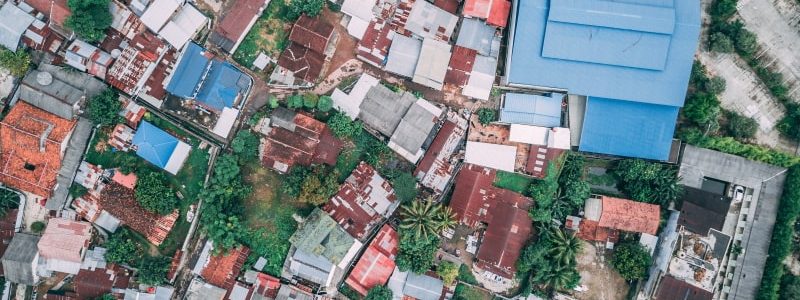Author: Shivani Gupta
Published: April 21, 2021 in the Hindustan Times
 The Survey of Villages Abadi and Mapping with Improvised Technology in Village Areas or Svamitva scheme, launched in April 2020, can play a key role in ensuring secure property rights for rural India. The scheme aims to provide an integrated property validation solution for rural India through the demarcation of inhabited areas using drones. By providing a Record of Rights (RoRs) to village household owners in inhabited rural areas, it attempts to create accurate land and property records, which can be pivotal in reducing property-related disputes and facilitating monetisation of rural residential assets for credit and other financial services. By providing clear records of land ownership, it also envisages improved tax collection through the gram panchayat institutions. As of March, drone survey has been completed in over 31,000 villages, and property cards distributed to about 230,000 property holders in 2,626 villages.
The Survey of Villages Abadi and Mapping with Improvised Technology in Village Areas or Svamitva scheme, launched in April 2020, can play a key role in ensuring secure property rights for rural India. The scheme aims to provide an integrated property validation solution for rural India through the demarcation of inhabited areas using drones. By providing a Record of Rights (RoRs) to village household owners in inhabited rural areas, it attempts to create accurate land and property records, which can be pivotal in reducing property-related disputes and facilitating monetisation of rural residential assets for credit and other financial services. By providing clear records of land ownership, it also envisages improved tax collection through the gram panchayat institutions. As of March, drone survey has been completed in over 31,000 villages, and property cards distributed to about 230,000 property holders in 2,626 villages.
But the scheme’s legal, social and economic design needs more thought. One, property cards distributed under the scheme need legal validity in order to enable citizens to establish their title and to avail financial services. The Framework for Implementation of the Svamitva Scheme places the responsibility of carrying out appropriate amendments to the revenue laws for this purpose on the respective state revenue departments. As these departments make the required changes, a careful consideration of the laws will ensure that no legal loopholes impact its effectiveness.
For example, in Haryana, the Svamitva scheme has been implemented under section 26 of its Panchayati Raj Act. However, section 26 of the Act only empowers the panchayat to prepare the maps of the said area, not to create the associated RoRs. Panchayats, in this case, may not be the competent authority to complete this process of entrusting property titles to rural residents. Thus, there is a possibility of disputes if due legal process is not followed. To ensure such inconsistencies do not arise, a review of the state laws related to land and revenue impacting the legality of property cards should be undertaken. These experts could be tasked with drafting amendments to the existing laws or framing new laws to create legally admissible property cards.
Two, at 12%, single women form a significant share of the population but are often devoid of property ownership. The scheme presents an opportunity to enable recognition of women’s ownership rights as it issues property cards based on “possession” and not “inheritance”. To ensure this, states can also consider including details of more than one owner on the property cards, and recognising joint ownership of property by women.
Madhya Pradesh and Odisha have existing schemes that provide homestead land to weaker sections such as Dalits and single women. Svamitva can strive to include those in possession of these lands and also include low-income families and SC/ST communities who have been residing in village commons for generations. There is also scope to rope in civil society organisations for gender and caste-based sensitisation of field functionaries.
Third, the Fifteenth Finance Commission report has emphasised the importance of property tax as “the most effective instrument for revenue mobilisation by local bodies”, thereby encouraging the administration to “build a framework for property taxation with universal coverage.”
To ensure that Svamitva is able to achieve the objective of building financially resilient local governments, legal changes are needed to empower panchayats to both collect and utilise property tax. Gram panchayats may also be authorised to revise property tax records at the time of land record updates (registration, mutation) to ensure robust and consistent revenue collection. A Geographic Information System-based-based software may be provided to panchayats to manage property and taxation records. Such software is available for municipal corporations and urban local bodies. As more states gear up for the implementation of Svamitva, including these design principles could ensure the realisation of rural India’s aspirations.
